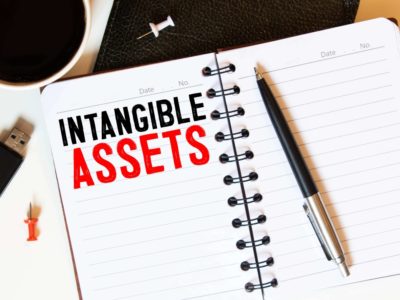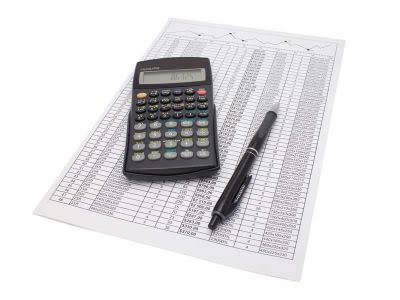Basics of estimated taxes for individuals Internal Revenue Service

The first two 2020 estimated tax payments may be combined into a single payment. Do not combine your 2019 tax return payment and estimated quarterly payment in the same check. This is an estimated quarterly taxes myth because the IRS requires you to pay taxes on all sources of income unless theyre specifically excluded. Earning money outside of a formal job where you receive a W-2 typically isnt one of those excluded income sources.

Please refer to Publication 505, Tax Withholding and Estimated Tax, for additional information. An easy solution to avoid paying a penalty is simply looking at your previous year’s return to determine the total income tax you paid. Depending on your income, you should make sure your estimated tax payments plus any withholding amount to either 100 or 110 percent of your previous year’s taxes depending on your income level.
Estimate Your Tax Liability Accurately
If you pay estimated taxes, be sure to claim credit for them when you file your tax return. The United States tax system is pay as you go, meaning you pay income taxes as you recieve income rather than all at once at the end of the year. These tax payments are broken up into four installments that occur once every three months called estimated tax quarterly estimated tax payments. And if you expect to owe more than $1,000 in taxes at the end of the year, you need to make these payments. It is tax time and your accountant is not only telling you how much you owe for last year’s taxes but also breaking the news that you must pay estimated taxes for the current year.

If you earn income unevenly – perhaps you earn 80% of your income in the summer months – then you can make unequal estimated tax payments. This process, which is known as annualizing your income, could help you avoid a penalty. Small business owners, self-employed people, and some wage earners should look into whether they should make estimated tax payments this year. Doing so can help them avoid an unexpected tax bill and possibly a penalty when they file next year. Corporations generally have to make estimated tax payments if they expect to owe tax of $500 or more when their return is filed.
Investment and Self-employment taxes done right
If you are in business for yourself, you generally need to make estimated tax payments. Estimated tax is used to pay not only income tax, but other taxes such as self-employment tax and alternative minimum tax. Estimated tax payments refer to taxes paid to the IRS on any income that isn’t subject to tax withholding from your pay or pension payments throughout the year. Several kinds of non-wage earnings are subject to estimated taxes, including freelancer income, self-employed earnings, prizes, dividends, and realized capital gains. According to the IRS, you don’t have to make estimated tax payments if you’re a U.S. citizen or resident alien who owed no taxes for the previous full tax year. And you probably don’t have to pay estimated taxes unless you have untaxed income.
Direct Pay, available at IRS.gov, is the fastest, easiest way to make a one-time payment without signing into an IRS Online Account. There are multiple ways to make electronic payments and there are options for a payment plan or an agreement with the IRS. A payment not postmarked on or before the due date will be considered late and you will likely be penalized. Some people believe that if they receive a Form 1099, it does not necessarily mean the IRS received a copy. If you received a 1099, the IRS most likely received one, as well. You can keep track of this income through using accounting software to track all of your income and expenses.
